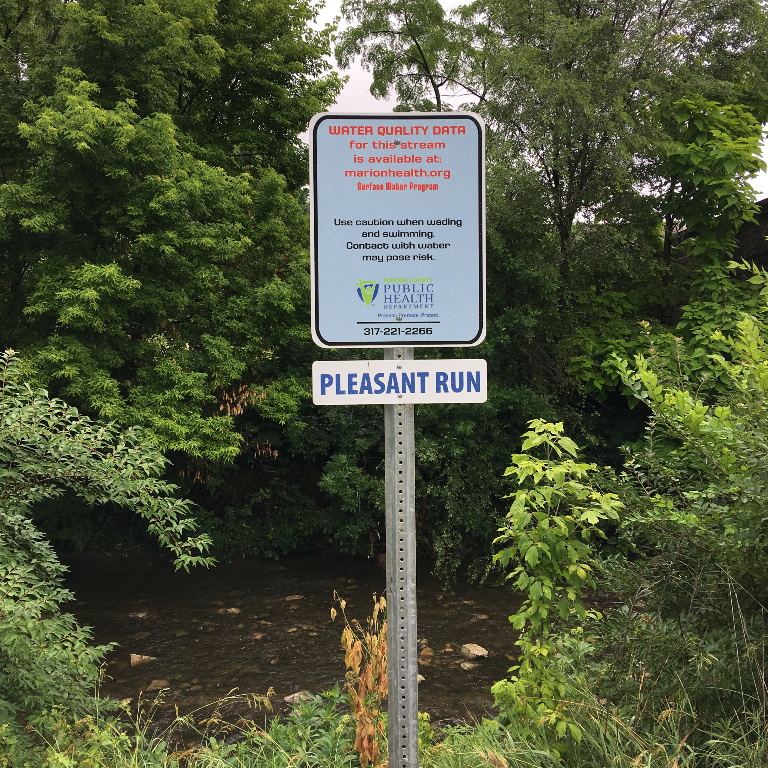The main culprit for the White River contamination is called “fecal coliform.” It’s a polite phrase that describes a deeply unpleasant reality: Raw, untreated human and livestock excrement washes into the river, creating a bacterial soup that could send a swimmer to the emergency room. The bacteria can cause anything from vomiting and diarrhea to skin rashes and infections.
The results of Mazari's White River testing showed a far more consistent problem.
None of the 18 samples taken and analyzed by Mazari and her colleagues in July tested below E. coli limits for swimming. In fact, the water often tested several times over the limit, the most egregious sample testing more than 78 times the E. coli limit.
The findings are particularly troubling because of the location of the test site. Gabe Filippelli was surprised and disheartened by the results. The director of the Center of Urban Health at IUPUI who oversees the lab where Mazari works said he had expected a better result on that stretch of the river.



